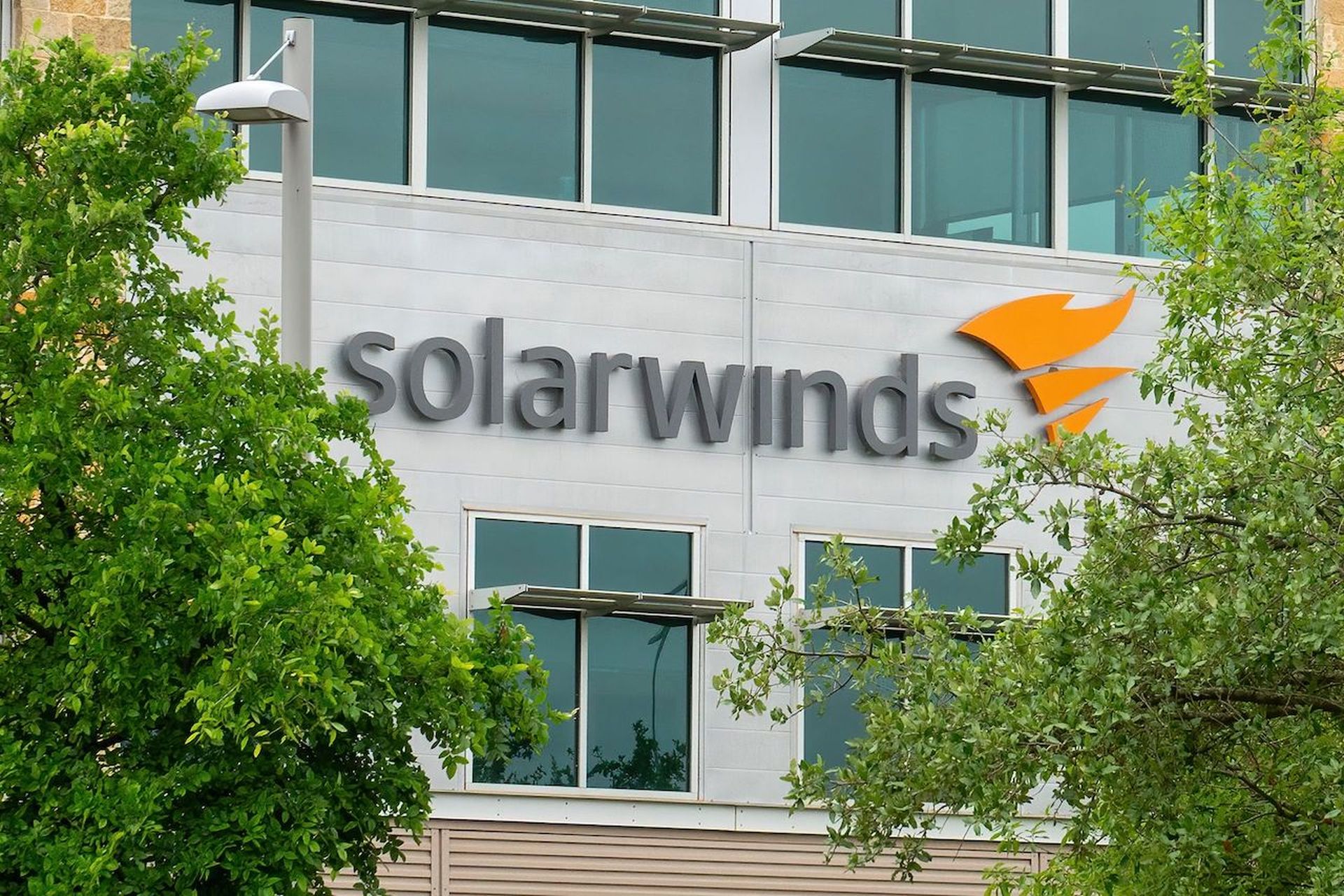How much are MSPs charging customers for managed services? Kaseya's latest MSP Pricing survey offers some key findings. But it also reinforces a challenging point. Many MSP-oriented pricing discussions and 'hot' trends involve chatter that dates back to 2010 (or earlier), rather than pushing the market aggressively forward to focus on truly new revenue opportunities.
First, the high-level takeaways:
1. Kaseya Says: Top MSPs have experienced more than 20 percent annual growth over the past three years. ChannelE2E says: Good to hear. We've been saying that since about 2008.
2. Kaseya Says: Top MSPs offer security services as a key competitive advantage as they’ve indicated that ‘heightened security risks’ is the top IT problem or service that they expect their clients to have for 2016. Kaseya points to desktop security services (75 percent); and Identity & Access Management services which are growing at a double digit Compound Annual Growth Rate (CAGR) over the past three years (33 percent). ChannelE2E says: Those are good pointers but they are also self-fulling prophecies -- driving MSPs to Kaseya's security offerings. The overall industry and MSP software companies need to drive the security conversation dramatically forward -- helping MSPs to get their arms around end-to-end encryption, cybersecurity insurance and more. Also, what about machine learning's impact on MSP security platforms? It's huge.
3. Kaseya says: Top MSPs are more than twice as likely to offer cloud-based services such as monitoring, hosting, backup/recovery and desktop/server management. ChannelE2E: Nothing new here. This has been the case for several years -- perhaps since around 2010. Those areas are now basic table stakes for MSPs. The next potential moves, at least from my perspective, involve a growing MSP focus on DevOps and Containers, big data and application performance management -- three areas that mainstream MSPs haven't yet pursued in a big way. Oh, and how about top vertical market MSP trends?
4. Kaseya says: Top MSPs charge more per hour for their technicians; have a larger hourly price spread between level one, two and three technicians; and charge more on average for monthly server support and maintenance. ChannelE2E: Sounds pretty straightforward. But server support fees? Hmmm... better be more of a cloud support mindset...
5. Kaseya says: Top MSPs provide hosting services for customer-owned equipment (85 percent); offer cloud services (IaaS, PaaS, SaaS) (50 percent); and expect increased revenues in 2016 (66 percent). ChannelE2E says: Most of those trends have been around since around 2010, according to the MSP-oriented research we've delivered over the years. MSPs need to move on from these basic areas and dig deeper -- far deeper -- into the themes we continue to drive home... DevOps, application performance management and a holistic cloud management strategy that gets cloud costs under control for customers. One potential area to check out: Cisco's approach to monitoring all types of clouds -- regardless of vendor -- and the potential implications for MSPs.
Bottom Line: Gather Data From Multiple Sources
You can find Kaseya's complete MSP Pricing Report here. I think it's a worthwhile read for MSPs -- especially for VARs that are aspiring to get into the managed services market.
But keep the following caveat in mind: The major trends Kaseya highlights are self-fulling prophecies. Basically, Kaseya is saying "this area of managed services is hot" and then hoping you embrace a related Kaseya product that fulfills that specific need.
That's fair game. And the report certainly has some really good info for MSPs. But also keep in mind: The next wave of managed services likely involves a range of solutions that emerging companies, disrupters and perhaps even your own customers will design or demand.
And for more pricing guidance, check out ChannelE2E's own FAQ area -- which includes pricing anecdotes from TruProfits, Service Leadership Inc. and other MSP-focused consulting firms.
Keep in mind: Service Leadership CEO Paul Dippell insists there's no such thing as MSP commoditization. The best MSPs, he insists, continue to charge $160 or more per user per month for a services suite -- regardless of geography. The catch? That suite must continually evolve to meet customers' most pressing needs.
In other words: The high-margin MSP services you offered in 2010 ain't going to cut it in 2016 and beyond.




